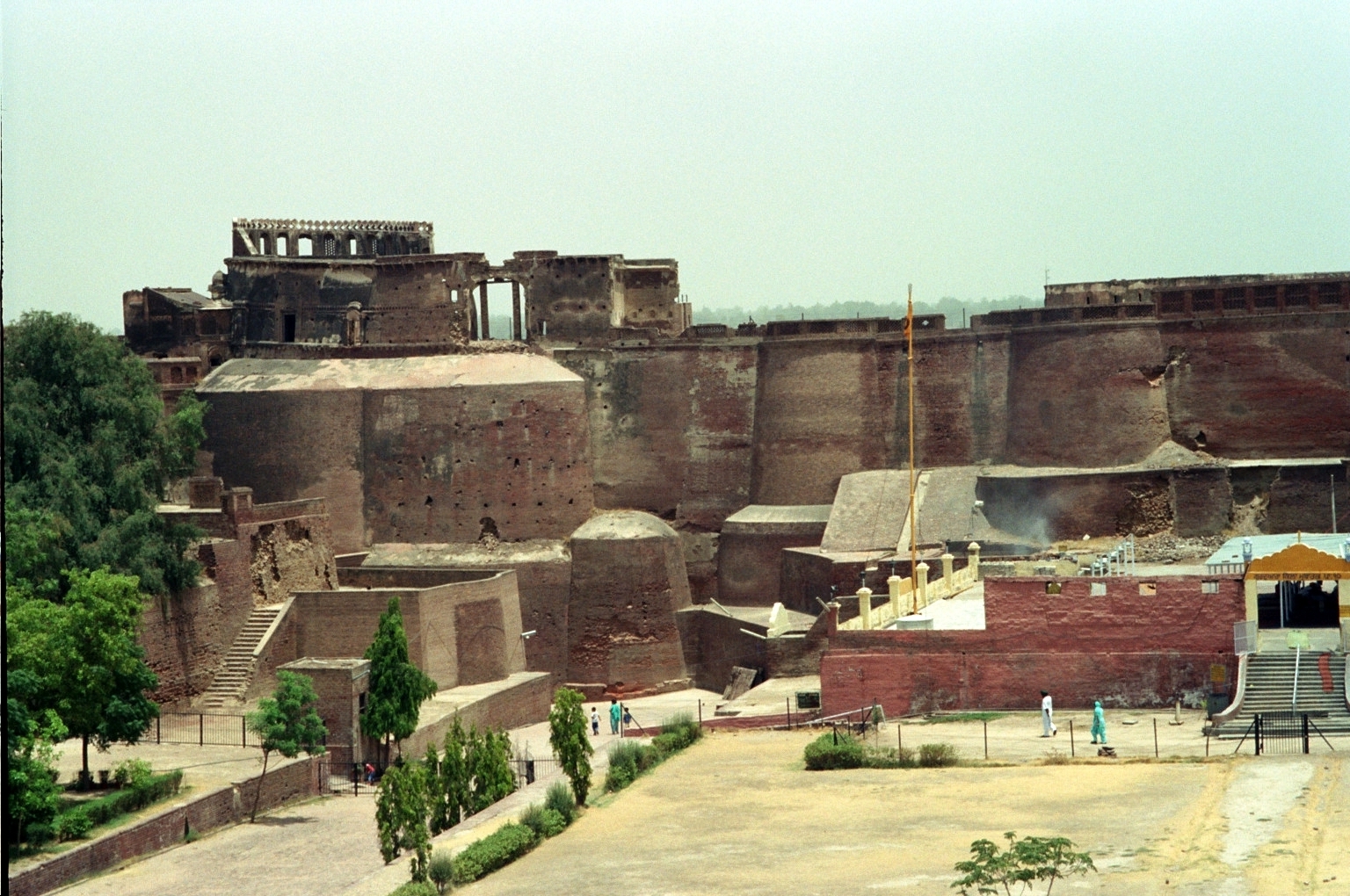Qila Mubarak stands as a profound testament to Punjab's intricate historical landscape, embodying centuries of cultural transformation and resilience. Located in the heart of Bathinda, this remarkable fortress has witnessed the ebb and flow of numerous civilizations, serving as a silent chronicler of regional narratives that span over fifteen centuries.
The fort's origins are shrouded in a compelling historical mystery, with scholarly debates tracing its construction to different periods between the 1st and 3rd centuries AD. Some historians attribute its initial development to Raja Dab around 90-110 AD, while others argue for its creation by Bhatti Rao in the 3rd century. These conflicting narratives only enhance the fort's mystique, underscoring the complexity of its historical roots.
One of the most dramatic chapters in Qila Mubarak's history revolves around Razia Sultan, the extraordinary first and only woman emperor of Delhi. In 1240, she was dramatically imprisoned within these very walls after her defeat by Turkish nobles, transforming the fort into a pivotal stage for medieval political intrigue. Her subsequent marriage to Malik Ikhtiyar-ud Din Altunia—a strategic move to reclaim her power—ended tragically with both of them being killed by local plunderers, adding another layer of poignant drama to the fort's narrative.
The fort's significance extends deeply into Sikh tradition, having been graced by several revered Gurus. Guru Gobind Singh's visit in 1705, following his victory at the Battle of Muktsar, was particularly momentous. This historical encounter led to the establishment of a gurudwara within the fort's premises, subsequently referred to as Gobindgarh. The walls of Qila Mubarak have absorbed the spiritual energies of Guru Nanak Dev and Guru Tegh Bahadur, making it a sacred repository of Sikh heritage.
Architecturally, Qila Mubarak represents a remarkable fusion of historical construction techniques. Built with bricks dating back to the Kushana period, the fort underwent significant transformations under various ruling dynasties, particularly during the Mughal Empire. Its original design boasted 36 strategic bastions, making it a conspicuous landmark visible for miles around. The intricate construction process and material selections offer profound insights into the advanced architectural methodologies of ancient times.
In the 1750s, the fort experienced another significant transformation when Maharaja Ala Singh of Patiala seized control, renaming it Gobindgarh in honor of Guru Gobind Singh. This period marked another crucial phase in the fort's evolution, with the Patiala State maintaining its administration until India's independence in 1947. Each successive ruler and dynasty left an indelible mark on its structure and cultural significance.
Beyond its historical and architectural importance, Qila Mubarak is steeped in local legends and folklore. Believed to have been originally constructed to defend against the Huns, the fort carries whispers of ancient conflicts and strategic military planning. Its hidden passageways and intricate artwork continue to captivate visitors, offering glimpses into a rich, multilayered past that transcends mere physical boundaries.
Today, under the careful maintenance of the Archaeological Survey of India, Qila Mubarak stands as a monument of national importance. While its current state reflects years of neglect, the fort remains an eloquent symbol of Punjab's enduring cultural heritage. For history enthusiasts and architecture aficionados, it offers an immersive journey through time, inviting exploration of its ancient corridors and profound historical narratives.








